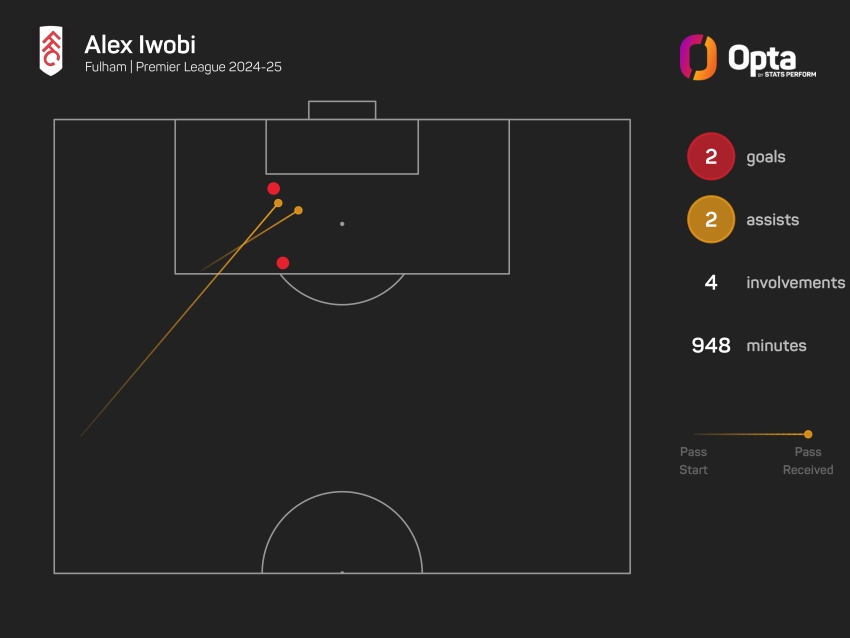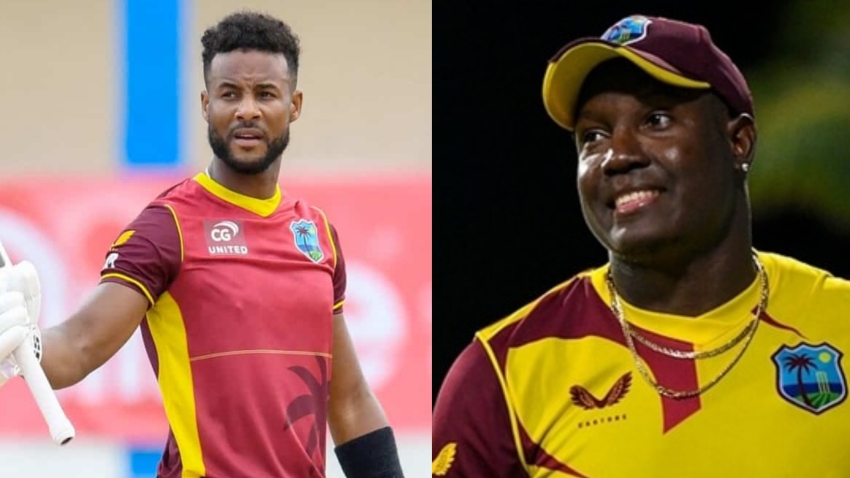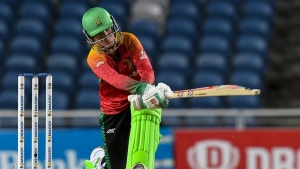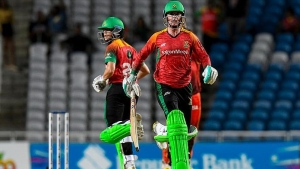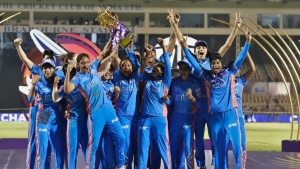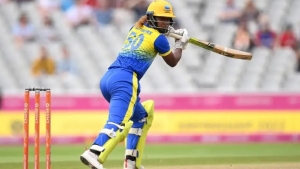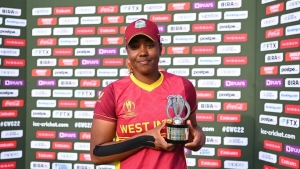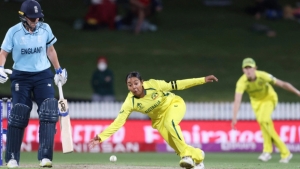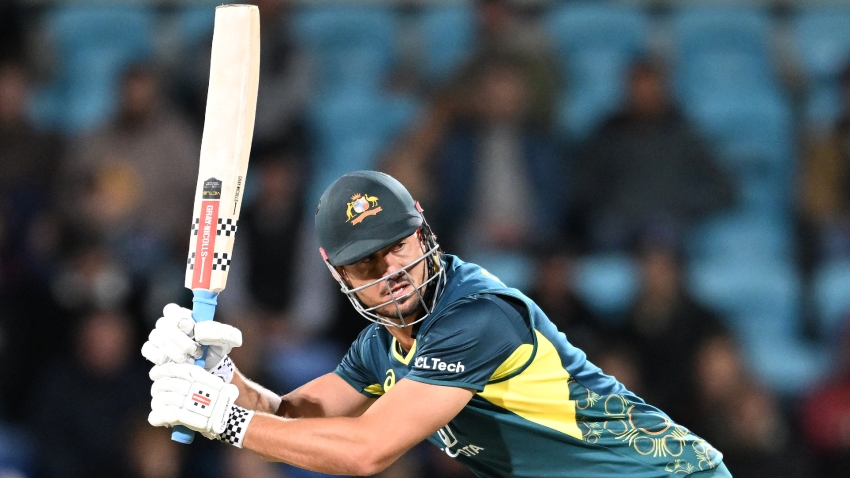Women’s cricket has enjoyed substantial growth in the last 15 years, and it is no coincidence that this rise has come alongside the emergence of the ICC Women’s T20 World Cup.
While Australia may currently be the women’s game’s pre-eminent force, there is a feeling of the sport becoming more open, with nations outside of the traditional powers starting to emerge.
The ICC Women’s T20 World Cup itself has grown, a fact made clear in that just eight teams contested the first competition in England in 2009. The tournament was held simultaneously with the men’s competition, and the form of the hosts captivated a nation.
This culminated in over 12,000 attending the final at Lord's, where Charlotte Edwards’ side defeated New Zealand by six wickets to become the inaugural champions. The triumph pushed England women into the spotlight, with the same being said of Australia when they claimed the title in 2010 and how they have run with it since.
Their margin of victory over New Zealand at the Kensington Oval might have been slim (three runs), but it kicked off an era of dominance that continues to this day. Australian players such as Ellyse Perry and Meg Lanning became prized commodities off the back of the exploits at the ICC Women’s T20 World Cup, with teams all over the world bidding for their services.
Lanning was the top run scorer in the 2014 tournament in Bangladesh, the first in which 10 teams took part, as her country claimed their third consecutive title.
There was a new name on the trophy, however, when the competition moved to India in 2016 as the West Indies crowned their emergence as a leading nation by dethroning the Australians at Eden Gardens.
It was the first women’s final to take place on the same day as the men's, and it set the tone, with the Windies’ men going on to memorably defeat England, making the men and women from the Caribbean double world champions.
The holders then hosted in 2018 as Australia reclaimed the trophy that year, and they have not relinquished it since. Indeed, it was when they hosted in 2020 that the competition truly was taken to new heights. This was capped by the extraordinary attendance of 86,174 at the MCG—a record for a women’s cricket match—that witnessed Australia’s victory over first-time finalists, India.
Due to the COVID-19 pandemic, the ICC Women’s T20 World Cup 2020 turned out to be the largest global sporting event to take place for some time, and it sticks in the memory for all the right reasons.
Its increased profile that year also brought rewards of the prize money for the winners of US$1 million, five times more than what was awarded in 2018.
That is a figure that has continued to skyrocket, with the winners of the ICC Women’s T20 World Cup 2024 in the United Arab Emirates set to take home US$2.34 million.
Nine other countries will be taking on one of the toughest tasks in the sport, dethroning Australia, when the action gets under way on October 3.
With household names among the challengers, such as Nat Sciver-Brunt (England), Smriti Mandhana (India), and Marizanne Kapp (South Africa), set to lead the challenge for their respective nations, we are set for the most explosive competition yet.











